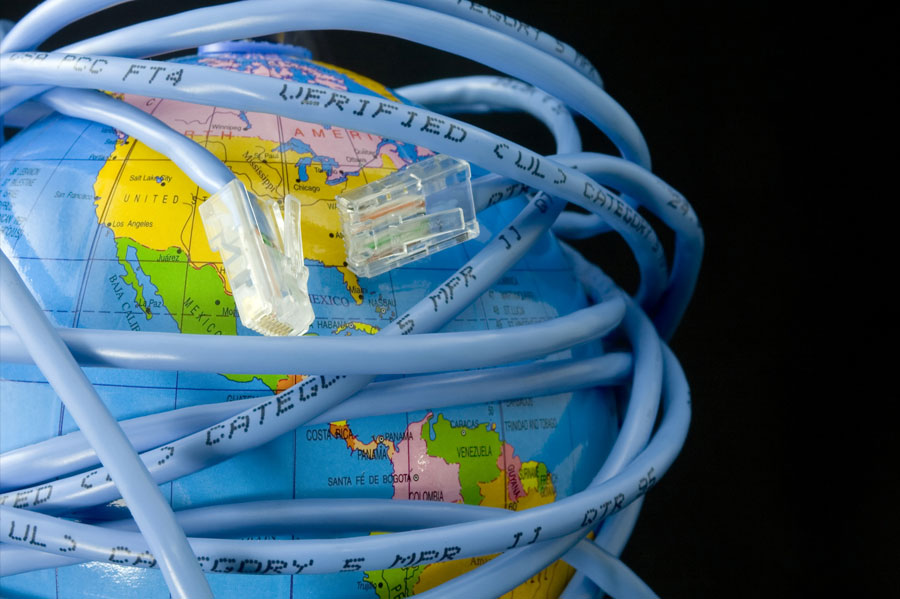Cable IP Bandwidth
Cable IP Bandwidth

Bandwidth describes the maximum data transfer rate of a network or Internet connection. It measures how much data can be sent over a specific connection in a given amount of time. For example, a gigabit Ethernet connection has a bandwidth of 1,000 Mbps, (125 megabytes per second). An Internet connection via cable modem may provide 25 Mbps of bandwidth.
While bandwidth is used to describe network speeds, it does not measure how fast bits of data move from one location to another. Since data packets travel over electronic or fiber optic cables, the speed of each bit transferred is negligible. Instead, bandwidth measures how much data can flow through a specific connection at one time.
When visualizing bandwidth, it may help to think of a network connection as a tube and each bit of data as a grain of sand. If you pour a large amount of sand into a skinny tube, it will take a long time for the sand to flow through it. If you pour the same amount of sand through a wide tube, the sand will finish flowing through the tube much faster. Similarly, a download will finish much faster when you have a high-bandwidth connection rather than a low-bandwidth connection.
The service provided by Itel IIG represents the long-haul communication between Bangladesh and the rest of the world with use of standard fiber optic. Itel IIG is one of the growing companies in the Telecom sector of Bangladesh. It is a leading company for implementation of National ILDTS & ICT policies to develop modern tele-network and high speed Broadband Internet in Bangladesh. The submarine cable network is expected to be the main telecommunications infrastructure for “Digital Bangladesh” by the year 2021 and Itel IIG is certainly going to play a major role. By providing high capacity fiber optic submarine cable bandwidth and state of the art Internet Transit facilities, Itel IIG is effectively connecting the people to the “Information Super Highway”.
